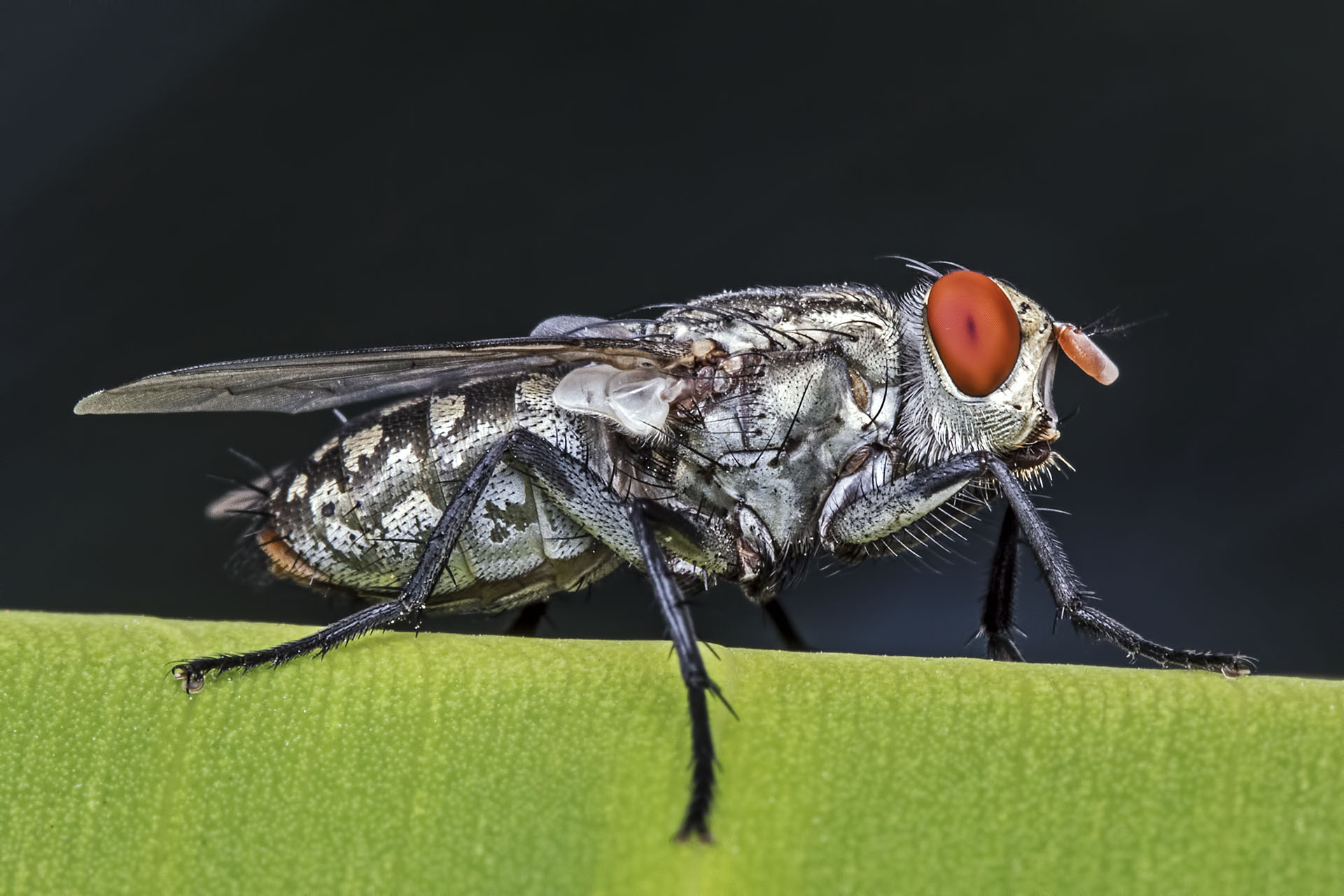Media release
From:
Analysing the effects of distance, taxon, and biomass on vertebrate detections using bulk-collected carrion fly iDNA
Invertebrate-derived DNA (iDNA) metabarcoding from carrion flies is a powerful, non-invasive tool that has value for assessing vertebrate diversity. However, unknowns exist around the factors that influence vertebrate detections, such as spatial limits to iDNA signals or if detections are influenced by taxonomic class or estimated biomass of the vertebrates of interest. Using a bulk-collection method, we captured flies from within a zoo and along transects extending 4 km away from this location. From 920 flies, we detected 28 vertebrate species. Of the 28 detected species, we identified nine species kept at the zoo: eight mammals and one bird, but no reptiles. iDNA detections were highly geographically localised, and only a few zoo animals were detected outside the zoo setting. However, due to the low number of detections in our dataset, we found no influence of the taxonomic group or the estimated biomass of animals on their detectability. Our data suggest that iDNA detections from bulk-collected carrion flies, at least in urban settings in Australia, are predominantly determined by geographic proximity to the sampling location. This study presents an important step in understanding how iDNA techniques can be used in biodiversity monitoring.



 Australia; New Zealand; NSW; WA
Australia; New Zealand; NSW; WA



